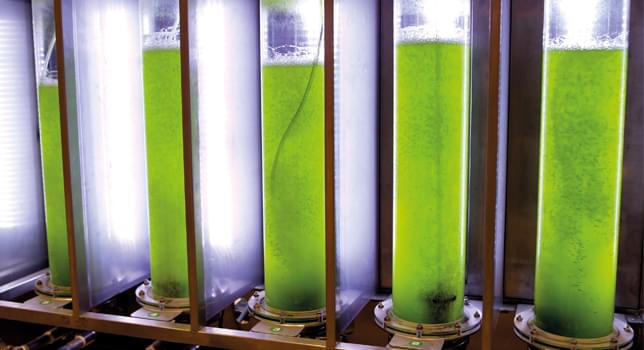Market Report
The Future of Alliances and Partnerships in Industrial Biotechnology to 2023

Key drivers behind new partnerships and alliances in industrial biotechnology will be the need to access raw materials and technology at the required cost and amount and exposure to diversified markets.
The Future of Alliances and partnerships in Industrial Biotechnology to 2023 contains details of the competitive biotechnology landscape and quantitative forecasts until 2023, as well as details of emerging markets. It includes extensive primary research, and reveals what will be essential for the dynamic biotechnology industry in years to come.
Access to raw materials and technology will require an international market to be established, with material flows between large producers in developing countries and end users in both developed and developing countries. The countries and regions with the highest production potential, mainly tropical countries in South America, East Asia and sub-Saharan Africa, do not coincide with those where demand exists, which is primarily concentrated in more developed countries. Distant industries will have to be integrated and learn how to utilize new value chains of global dimensions. One of the major existing challenges of industrial biotechnology is the formation of these new value chains connecting the production of biomass, energy and chemicals.
According to Smithers, the value chain involves a number of contract relationships, such as contracts with feedstock growers, supply contracts of biorefineries with biomass suppliers, contracts of producers of bio-based products with transforming industries or end-users. These relationships will be dependent on the development of new technologies and processes, and intersect throughout the supply chain, from research and development to commercialization.
The unprecedented dynamism in the development of innovative biotechnologies and their potential to meet unfulfilled market demands is also pushing large companies to fill the gaps in their IP-portfolio. This is providing emerging projects and companies with the opportunities for earlier involvement with large companies that may share the financial investment of technology development, help in product development, and provide the means to carry out the required industrial scale demonstration.
Access to the necessary amounts of raw material is increasingly triggering partnerships between the agro-industry and the chemical industry. Since globalization is allowing the flow of raw materials to be almost as dynamic as the flow of knowledge, alliances will increasingly involve companies from different continents.
Smithers predicts that the industrial biotech markets will grow on average around 20% per year until 2020, as industrial biotechnology is regarded as being more predictable and less risky from an investment point of view than pharmaceutical biotechnology.
The Future of Alliances and partnerships in Industrial Biotechnology to 2023 is available to purchase online, and access immediately.